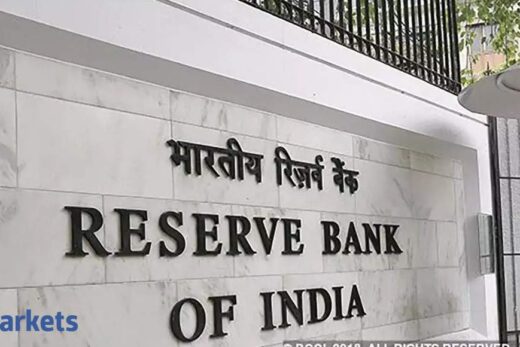“The unemployment rate would have to drop fairly substantially, or inflation would have to really continue at a very high rate, before we would take seriously a rate hike in 2022, but I’m not ruling it out,” Waller told Bloomberg TV in his first public comments since the Fed met earlier this month.
Waller declined to say whether he is one of the seven Fed policymakers who believe a 2022 liftoff from current near-zero rates will be appropriate, or among the 11 others who see 2023 or even later as more likely.
But with the crisis phase of the pandemic over, Waller said, “we are now in a different phase of economic policy, and so it’s appropriate to start thinking about pulling back on some of the stimulus,” beginning with how and when to start tapering the Fed’s monthly purchases of $40 billion in mortgage-backed securities and $80 billion in Treasuries.
Waller said he would be “all in favor” of phasing out MBS purchases first.
“Right now the housing markets are on fire; they don’t need any other unnecessary support,” he said. “And it’s an easy sell to the public.”
Waller is the Fed’s newest policymaker, having joined the Fed Board last year after serving as research director for St. Louis Fed President James Bullard.
Last week, Bullard said that stronger-than-expected inflation had led him to newly anticipate a first Fed rate hike next year. Waller said Tuesday that he had not changed his rate-path expectation from March.
The economy has improved much more quickly than he and other policymakers had expected last December, he said, when they pledged to keep buying assets at the current pace until there is “substantial further progress” toward the Fed’s goals of full employment and 2% inflation.
“I think everybody anticipates that tapering could move up earlier than when they originally thought,” Waller said. “Whether that’s this year, we’ll see, but it certainly could.”
Inflation is running above 2%, as the Fed had wanted, while inflation expectations remain anchored, he said. The labor market, though, is still a “long way” from its pre-pandemic level.
“I myself would like to see tapering over before we consider raising rates; therefore if you think you may have to raise rates in late ’22 or early ’23, you pretty much want to get tapering done by the end of next year if possible,” he said.



